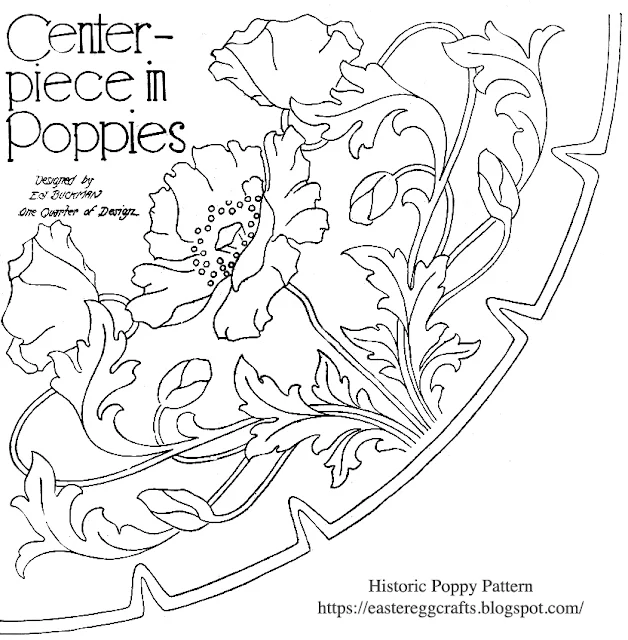You see, the heart of God had been breaking - is breaking over
the ways things have been going down on this planet. Folk fail to
understand Him. Worse yet, they misunderstand Him, and feel free to
criticize Him. Nobody has been so much slandered as God. Many are
utterly ignorant of Him. Many others who are not ignorant yet ignore
Him. They turn their faces and backs. Some give Him the cut direct. The
great crowd in every part of the world is yearning after Him: piteously,
pathetically, most often speechlessly yearning, blindly groping along,
with an intense inner tug after Him. They know the yearning. They feel
the inner, upward tug. They don't understand what it is for which they
yearn, nor what will satisfy.
For man was made to live in closest touch with God. That is his
native air. Out of that air his lungs are badly affected. This other air
is too heavy. It's malarial, and full of gases and germy dust. In it he
chokes and gasps. Yet he knows not why. He gropes about in the night
made by his own shut eyes. He doesn't seem to know enough to open them.
And sometimes he will not open them. For the hinge of the eye-lid is in
the will. And having shut the light out, he gets tangled up in his ideas
as to what is light. He puts darkness for light, and light for
darkness.
Once man knew God well; close up. And that means loved, gladly,
freely. For here to know is to love. But one day a bad choice was made.
And the choice made an ugly kink in his will. The whole trouble began
there. A man sees through his will. That is his medium for the
transmission of light. If it be twisted, his seeing, his understanding,
is twisted. The twist in the will regulates the twist in the eye. Both
ways, too, for a good change in the will in turn changes the eyes back
to seeing straight. He that is willing to do the right shall clearly see
the light.
But that first kink seems to have been getting worse kinked ever
since. And so man does not see God as He is. Man is cross-eyed Godward,
but doesn't know it. Man is color-blind toward God. The blue of God's
truth is to him an arousing, angering red. The soft, soothing green of
His love becomes a noisy, irritating yellow. Nobody has been so much
misunderstood as God. He has suffered misrepresentation from two
quarters: His enemies and His friends. More from - which? Hard to tell.
Jesus is God trying to tell men plainly what He is really like.
The world turned down the wrong lane, and has been going that way
pell-mell ever since. Yet so close is the wrong lane to the right that a
single step will change lanes. Though many results of being in the
wrong lane will not be changed by the change of lanes. It takes time to
rest up the feet made sore by the roughness of the wrong lane. And some
of the scars, where men have measured their length, seem to stay.
The result of that wrong turning has been pitiable. Separation
from God, so far as man could make separation. There is no separation on
God's part. He has never changed. He remains in the world, but because
of man's turning his face away, He remains as a stranger, unrecognized.
He remains just where man left Him. And any one going back to that point
in the road will find Him standing waiting with an eager light
glistening in His eyes. No! That's not accurate. He is a hit nearer than
ever He was. He is following us up. He is only a step off. Jesus is God
eagerly following us up. S. D. Gordon







